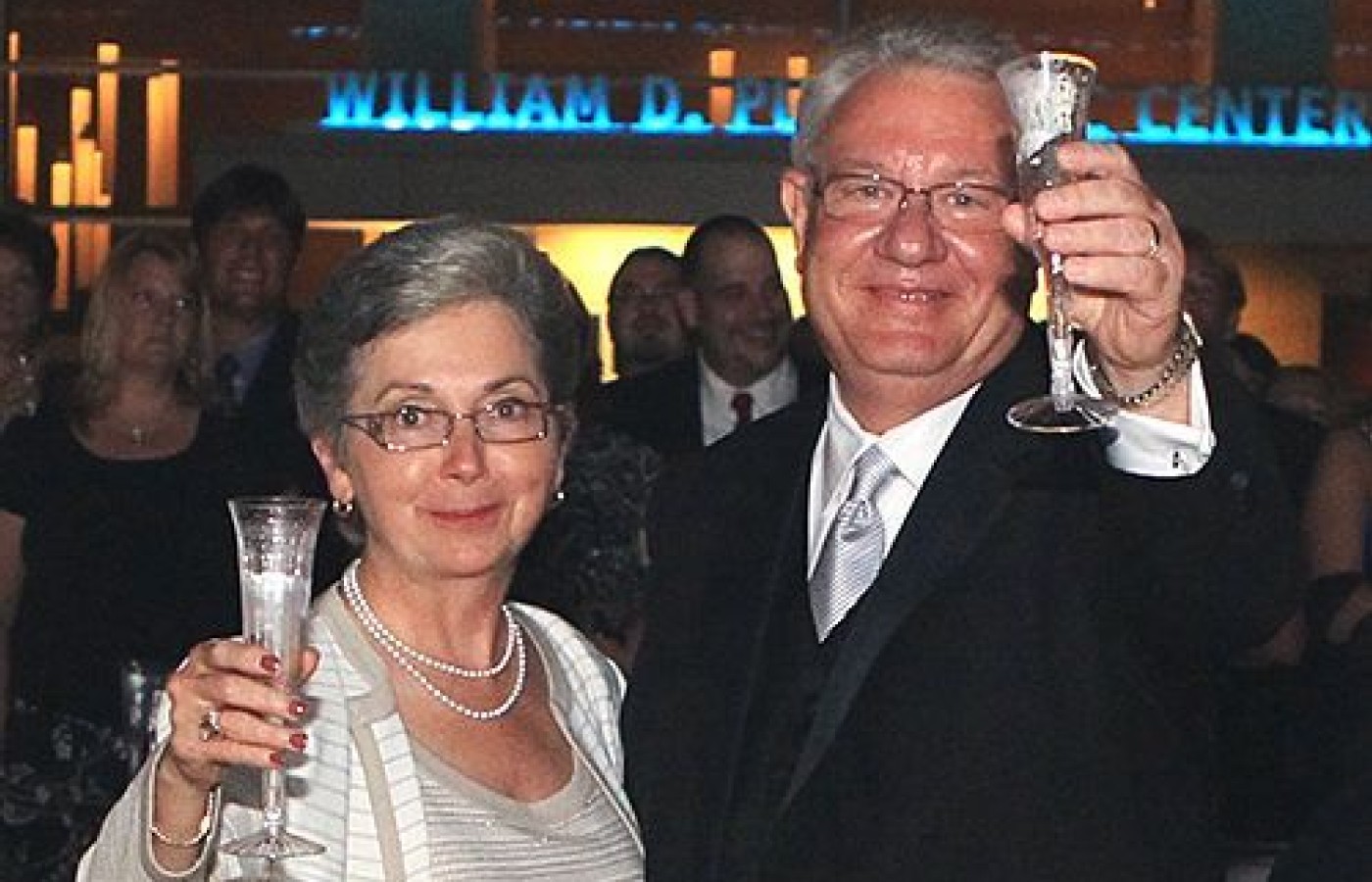Some doctors thrive in a personality-based clinic and have a loyal following no matter what services or equipment they offer, but for most chiropractic offices who are trying to grow and expand, new equipment purchases help us stay relevant and continue to service our client base in the best, most up-to-date manner possible. So, regarding equipment purchasing: should you lease, get a bank loan, or pay cash?
Dr. George Goodman and His Legacy to Logan University
"Leadership is not something with which you are born, it is not inherited – it is something you decide to do. Leaders are those who are bold enough to make a decision when they are faced with a defining moment."1
Those who knew him called him a revered leader, a visionary and one of chiropractic's biggest advocates. George A. Goodman, DC, Logan University's sixth and longest-serving president, passed away on Sept. 9. He was 70 years old.
Evidence of Dr. Goodman's leadership is not only found on the Logan campus, but also within the health care profession, where he worked tirelessly to elevate chiropractic. As a doctor, teacher and president, he remained a perpetual student of chiropractic and had foresight to see opportunity when it wasn't visible to others.
The Early Years
Early on in his career, after earning his doctor of chiropractic degree from Logan in 1968, Dr. Goodman devoted himself to the practice and responded willingly whenever Logan called. Whether it was teaching or serving as clinic director for Logan's only outpatient health center, he still made time to treat patients in private practice during evenings and weekends.
During a 2013 interview, he said: "I grew up with a father who was extremely hard working. He would get home in the early afternoon, from his first job, and then would leave again to work a second job. I was raised in an environment where it was acceptable to work long hours."

A Turning Point
The late 1970s marked a turning point in Dr. Goodman's career. From that point forward, Dr. Goodman deemed it his responsibility to personally pursue higher education as a parallel career path. Whatever specialty he learned, he brought those lessons back to Logan and taught postgraduate courses.
This marked the foundation of Logan's postgraduate department. He saw continuing education as a way to meet state laws, be considered for Medicare inclusion and expand the profession, as well as increase the knowledge base for DCs.
For 15 years, he helped develop the postgraduate department, and when necessary, traveled to meet with Logan alumni, state chiropractic associations and accreditation leadership. And when faced with tough decisions, he stood his ground.
"At one time, I had signed up 125 doctors of chiropractic to take an acupuncture course," Dr. Goodman recalled. "I was contacted by a member of the administration and was told, in so many words, that if postgrad taught acupuncture on the Logan campus I would be fired. I wasn't going to turn away 125 doctors who wanted to learn a specialty practice, so postgrad taught the class."
Dr. Goodman would spend the next 10 years as vice president of chiropractic affairs, a post that would prime him for the Logan presidency in 1993.
A Legacy of Accomplishment
Only two years after his inauguration, Logan reached debt-free status, paying off the final bank note of $1.8 million used to finance the Science, Research and Ergonomics Center, built in the late 1980s. The following year, 1996, Logan's enrollment exceeded the 1,000 mark for the first time in the school's history.
Dr. Goodman worked hard to secure Logan's position as the premier chiropractic college. He brought his vision for Logan to life, funding a $22.7-million campus renovation project with the William D. Purser DC, Center; earning accreditation for the master's in nutrition degree and its online format; constructing the Educational Wing and its Assessment Center; and ultimately creating a place of higher learning deserving of the Logan student.
"Dr. Goodman provided a lifetime of leadership in chiropractic education which will be felt for generations," said David O'Bryon, DC, president of the Association of Chiropractic Colleges. "He opened new opportunities for service by opening up chiropractic care for active-duty military. He was probably one of a handful of college presidents in the entire country that oversaw a multi-million-dollar campus building campaign and retired with all the projects paid for and with a substantial increase in the endowment. It is a remarkable legacy."
Roy Hillgartner, DC, Logan instructor, said Dr. Goodman was not only a colleague, but also a friend dating back to their days as chiropractic students:
"I was fortunate to have worked with him at Logan for the past 42 years, and his accomplishments at Logan will be in the history books and in our memories forever," he said. "Few people can go through their lives and truly say that they did everyday what they were destined to do; George can and did. We talked often about Logan and chiropractic and his sincere desire was to leave it better than it was when I started. Mission accomplished."
As Logan closes this chapter of its history, we are reminded of the words Dr. Goodman offered during his inaugural address given 20 years ago:
"An essential cornerstone for chiropractic education has been the capability of Logan College to demonstrate innovation, imagination and implementation of improved educational opportunities. Logan can be proud of its past and will be proud of its future. We are a dynamic college in a dynamic profession ... Logan College is a community, a family, composed of many facets and individuals. But it is the amalgamation of these components that drives our common purpose and mission – that of sustaining chiropractic principles and practice."
Reference
- Varghese S. "Are Leaders Really Born?" Forbes (commentary), 2007.
Editor's note: This article was provided exclusive to Dynamic Chiropractic courtesy of Logan University.



